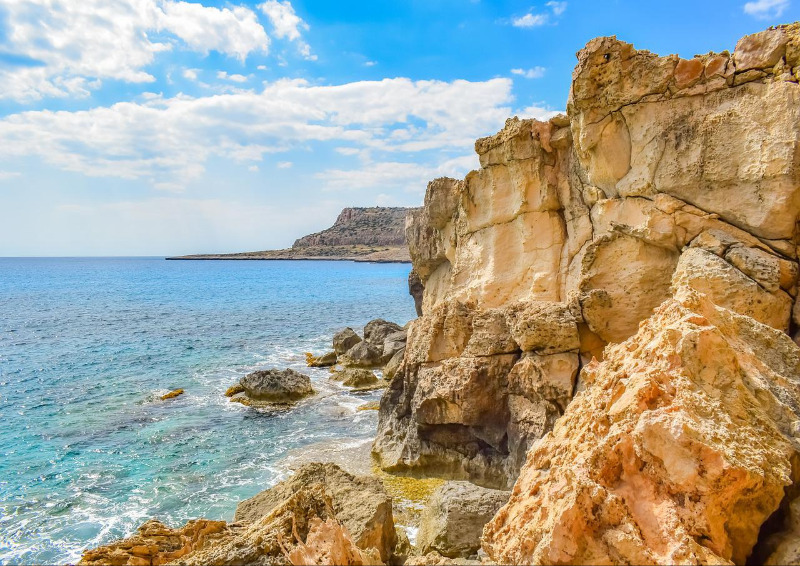The goal of World Ocean Day is to inspire action to stabilize the climate so that we can protect our planet’s lands, waters, and oceans.
Due to climate change, oceans and coastlines are changing more rapidly than they should. An increase in water temperature is causing thermal expansion and ice to melt, which is resulting in a 3.2 mm sea-level rise each year (National Geographic). In fact, sea levels have risen 21–24 cm since 1880 (Climate.gov). This sea-level rise contributes to coastal erosion and flooding, which is devastating to both marine and coastal ecosystems. As a keen explorer of our UK coastlines (both by surfboard and foot), I am constantly aware of coastal erosion. You only have to venture to Bude beach, UK, to notice recent landslides, and precarious-looking cliff edges.
Matthew Oates, wildlife specialist for the National Trust, said: "Climate change could change the face of our coastal flora and fauna. […] Wildlife which relies on the gradual erosion of soft rock cliffs or lives on loose sand and shingle habitats could be caught out by an increasingly mobile landscape.” (BBC News). In addition to wildlife, this short video (BBC) shows the extent to which coastal erosion is causing serious damage to homes and communities around the UK. With sea-levels rising, this problem is expected to worsen.
So, what can we do to help mitigate the effects of rising sea levels?
The use of breakers, which slows down the speed of waves; beach nourishment projects, which re-establishes the sand lost due to erosion, and sea walls are all methods that can be used to protect habitats and communities.

